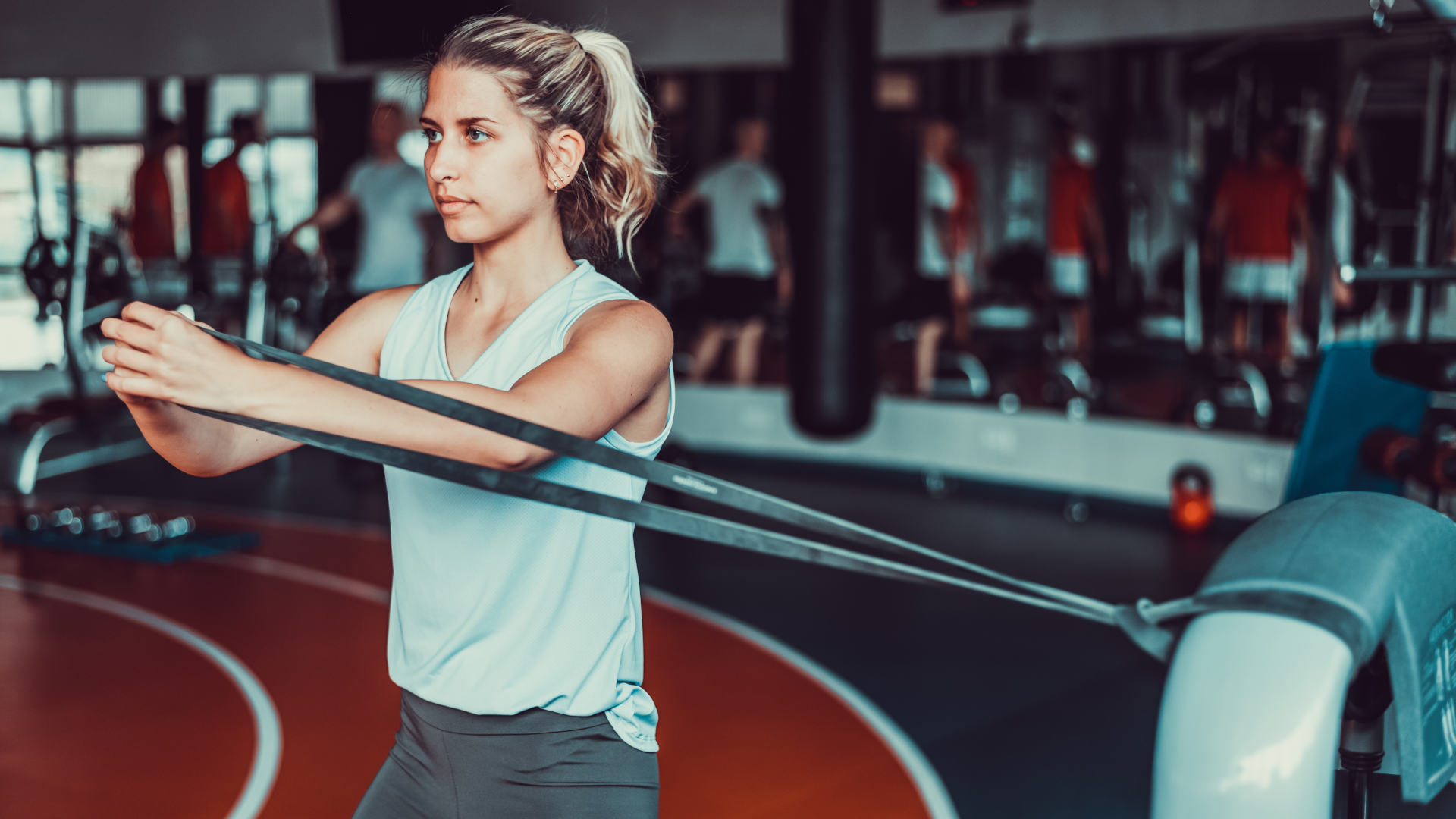
When we think of ab workouts, we think of moves that create the “six-pack.” But what about your obliques? These muscles that run up and down our sides are often neglected, leading to imbalances and poor rotational movement.
"Strengthening your obliques also aids in improving functional movements, such as reaching, bending, and twisting, thereby enhancing overall daily functional performance and reducing the risk of falls and accidents,” Victor Miranda from P2Perormanceonline explains. Simply put, strong obliques equal a stronger core and stronger lifts.
However, don't just change all your ab workouts to oblique exercises. Core training is more than endless reps of a single exercise. Be creative and either perform one of two of the below moves after your main workout or dedicate all six of them as a main workout for a killer obliques circuit.
Just don’t forget the saying that abs are made in the kitchen. It goes without saying that (sadly) doing the best core exercises alone won’t create a rippling six-pack. Even if you build quality abdominal muscle and strength, it could still reside underneath body fat.
Why train the obliques
“Due to the positioning and structure of the obliques, these muscles are one of the primary core rotational muscles,” Victor, also known as protein.papi on Instagram, says.
“This means when you’re performing motions in the transverse plane (rotating), your obliques are the primary movers. Think of movements like the baseball swing. To do this, the external obliques will work with the contralateral internal obliques. This is just a fancy way of saying the opposite, as the right external oblique works with the left internal oblique and vice-versa.
Your obliques aren’t just responsible for lateral flexion (side bend) and rotation of the spine, either—they also serve as stabilizers and are engaged in almost every compound lifting movement you do in the gym. In fact, “the obliques also provide general core stability, which helps distribute forces more evenly across the body, reducing the risk of strain or injury, particularly in the lower back and hips.
Pallof Press
Reps: Hold for 20 to 30 seconds each side
Sets: 3
Why do the Pallofpress?
The Pallofpress is an anti-rotation exercise that strengthens your obliques as you need to resist your torso twisting towards one side at a time. This move is also a full-body exercise that will strengthen your arms, upper back and shoulders.
How to Do It
Loop a resistance band around a stable object or set a cable at chest height. Grab the handle or band and take a few steps to the side - just until you can feel the machine pulling you towards it.
Press your feet into the ground. Engage your core and squeeze your glutes, then exhale to press the band or cable away from you.
Feel your obliques on the side closest to the machine as you resist rotating toward it. Hold. Return slowly to the starting position and then turn around to repeat on the opposite side.
Kettlebell windmills
Reps: 10 each side
Sets: 3
Why do Kettlebell Windmills?
Kettlebell Windmills not only require flexibility and coordination but will also improve hip mobility, shoulder stability, core strength and rotational movements.
How to Do It
Start with your legs slightly wider than usual with your feet turned out. Press your kettlebell straight overhead keeping your ribcage tight by squeezing your abs and glutes. Look up to the kettlebell, then keeping your arm straight above your head push your glutes back and rotate your chest open as you lower down to the floor. Reverse the movement to the upright position
Side plank hip dips
Reps: 10 on each side
Sets: 3
Why do Side Plank Hip Dips?
This move isn’t just a one-trick pony. Side Plank Hip Dips will also activate your shoulders, deep stabilizer muscles in your hips and trunk, and the back muscles, including your latissimus dorsi (lats). You’ll also work your glutes, especially the outer glutes — the gluteus medius.
How to Do It
Lay on your side under a smith machine (or any elevated surface that's safe to use) making sure your body forms a straight line from your shoulders through your ankles. Take your top arm and take hold of the bar so your body lifts off the floor and you’re hanging sideways from the bar. Keeping your body totally straight, slowly allow the bottom hip to dip and get close to touching the floor. As it draws near, engage the obliques and lift your hip back to the starting position.
Plank opposite toe touch
Reps: 20 (10 on each side)
Sets: 3
Why do plank opposite toe taps?
Sometimes referred to as X planks, plank toe taps will not only work into your obliques and entire mid-section but strengthen the shoulders and stretch out the hamstrings too.
How do do it
Start in a high plank position making sure your body is in a straight line from head to toe. From here push your hips up high. Making sure you keep your legs straight take your right hand and reach for your left toe. Return to the high plank position before taking your left hand and reaching for your right toe. Alternate sides with each rep.
Copenhagen plank
Reps: 20 seconds
Sets: 3
Why do the Copenhagen Plank?
This plank variation will challenge you to elevate your body above the ground for a tougher stabilization whilst you work into your obliques as well as into your shoulders, arms and back too.
How to Do It
Get into a side plank position, with your outside foot up on the bench. Squeeze your upper abs, hips, and obliques to keep your hips up and your spine straight.
Lateral leg drops
Reps: 16 (10 each side)
Sets: 3
Why do lateral leg drops?
Lateral leg drops will not only work the entire lower ab section but work into the obliques whilst stretching out the lower back too.
How to Do It
Lying on a mat with your legs up in a slightly bent position, bring your arms straight out at shoulder level. Keeping your shoulders flat on the mat with a pinch in your shoulder blades, let your legs fall as far as you can to the floor while keeping your back and shoulders on the mat. Flip the palm up to the side the legs are falling to, and switch as the legs cross the mid-line of the body. Breathe out as the legs get towards the ground.







